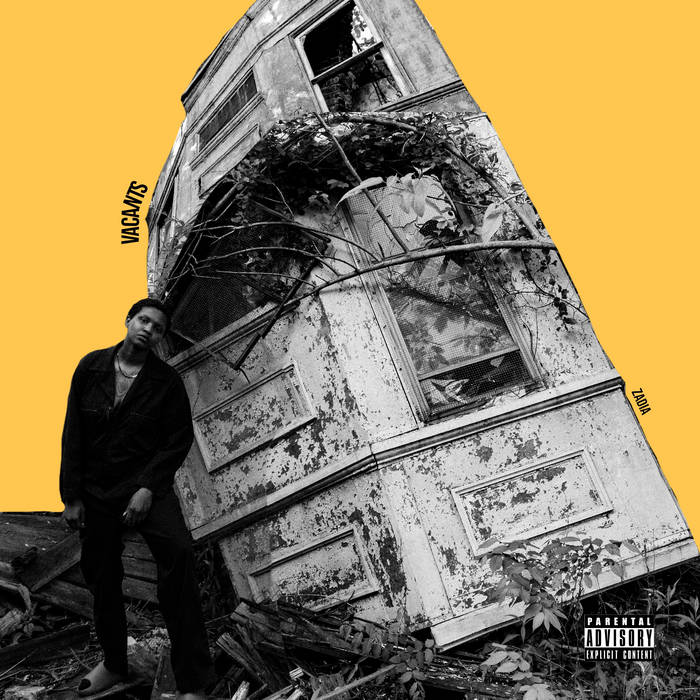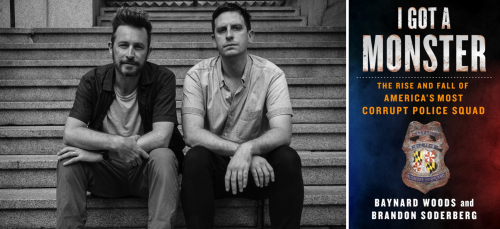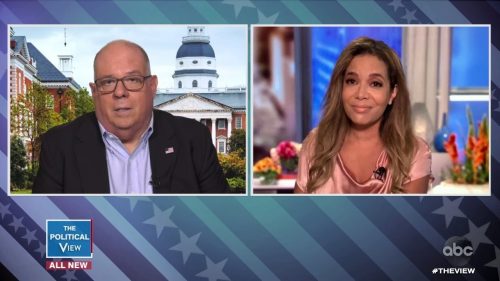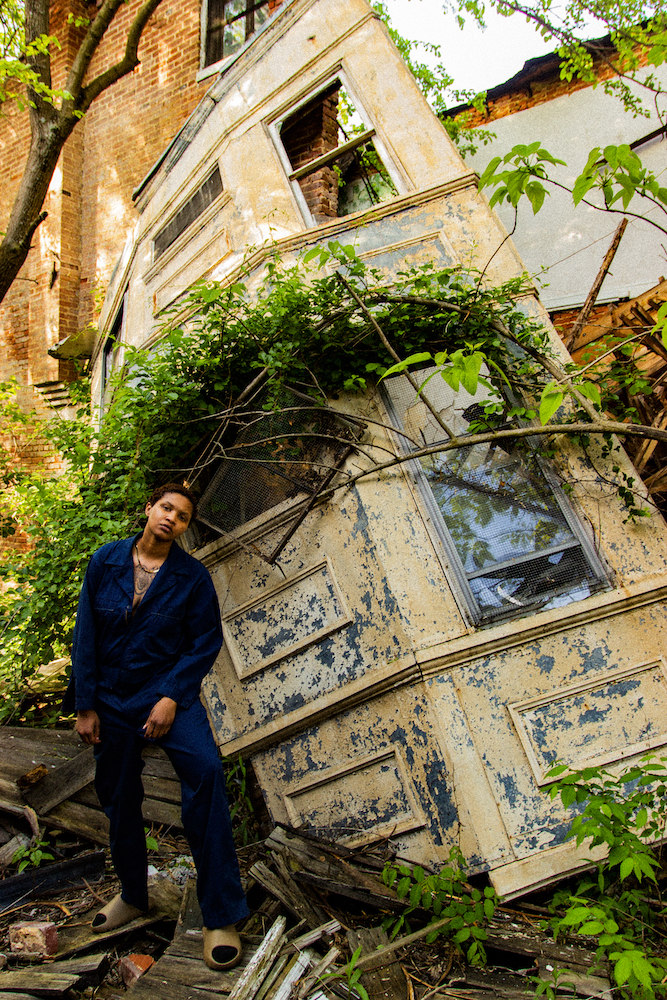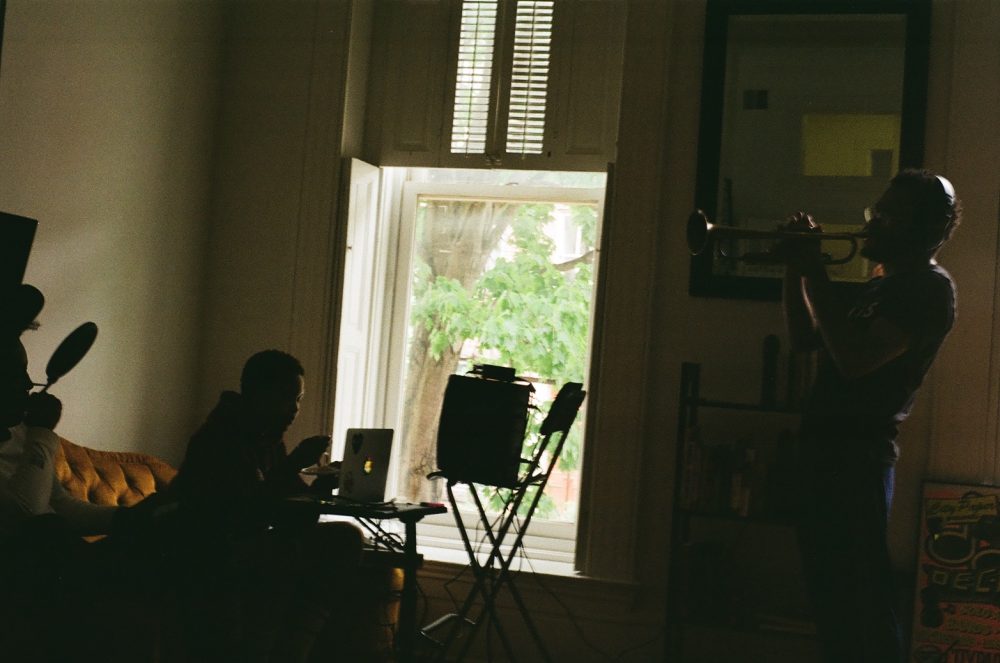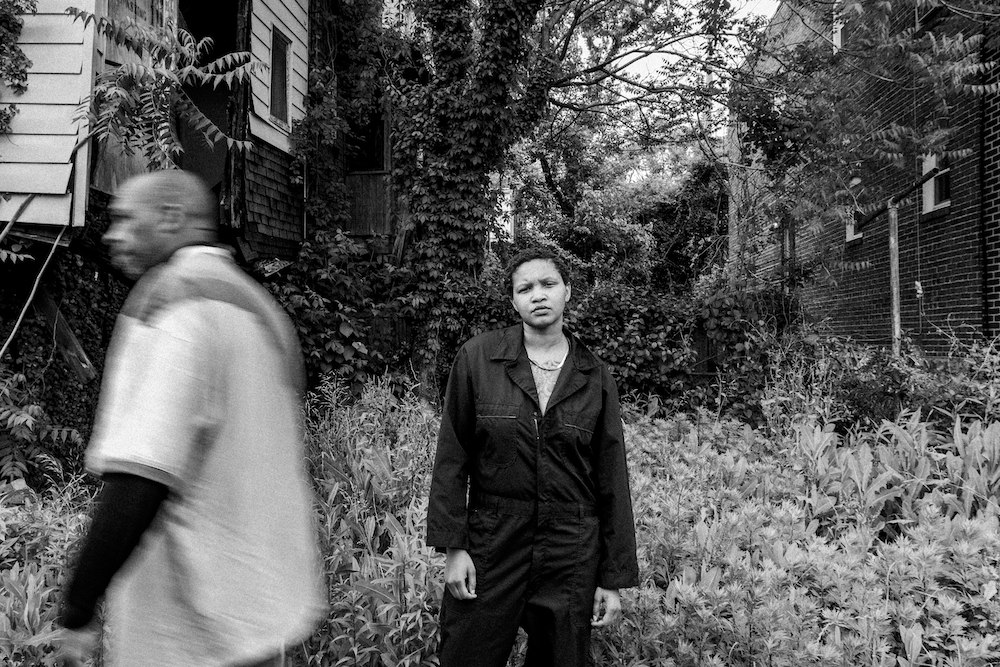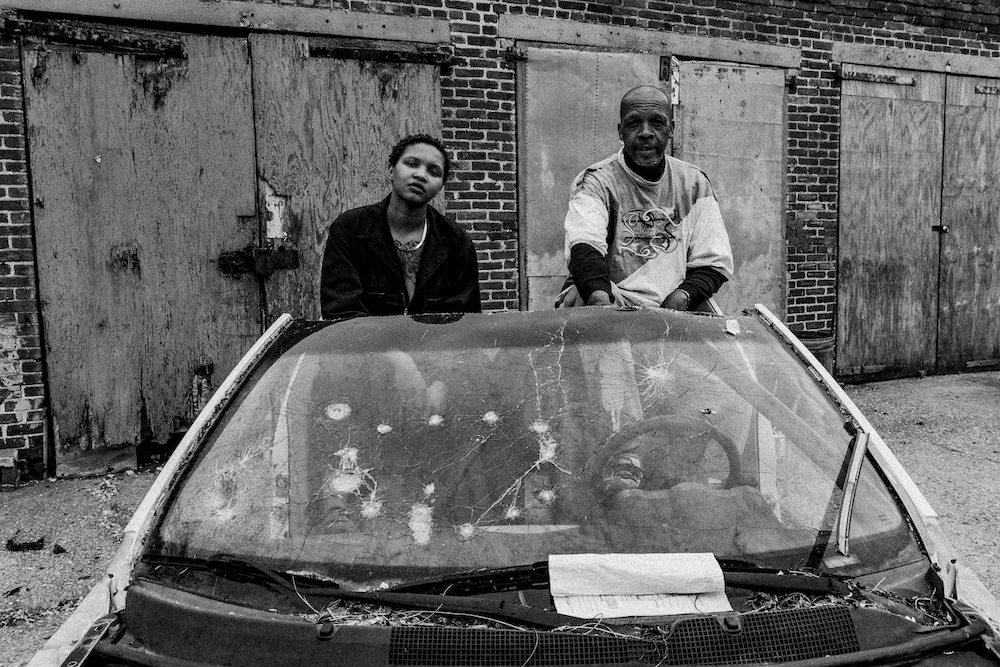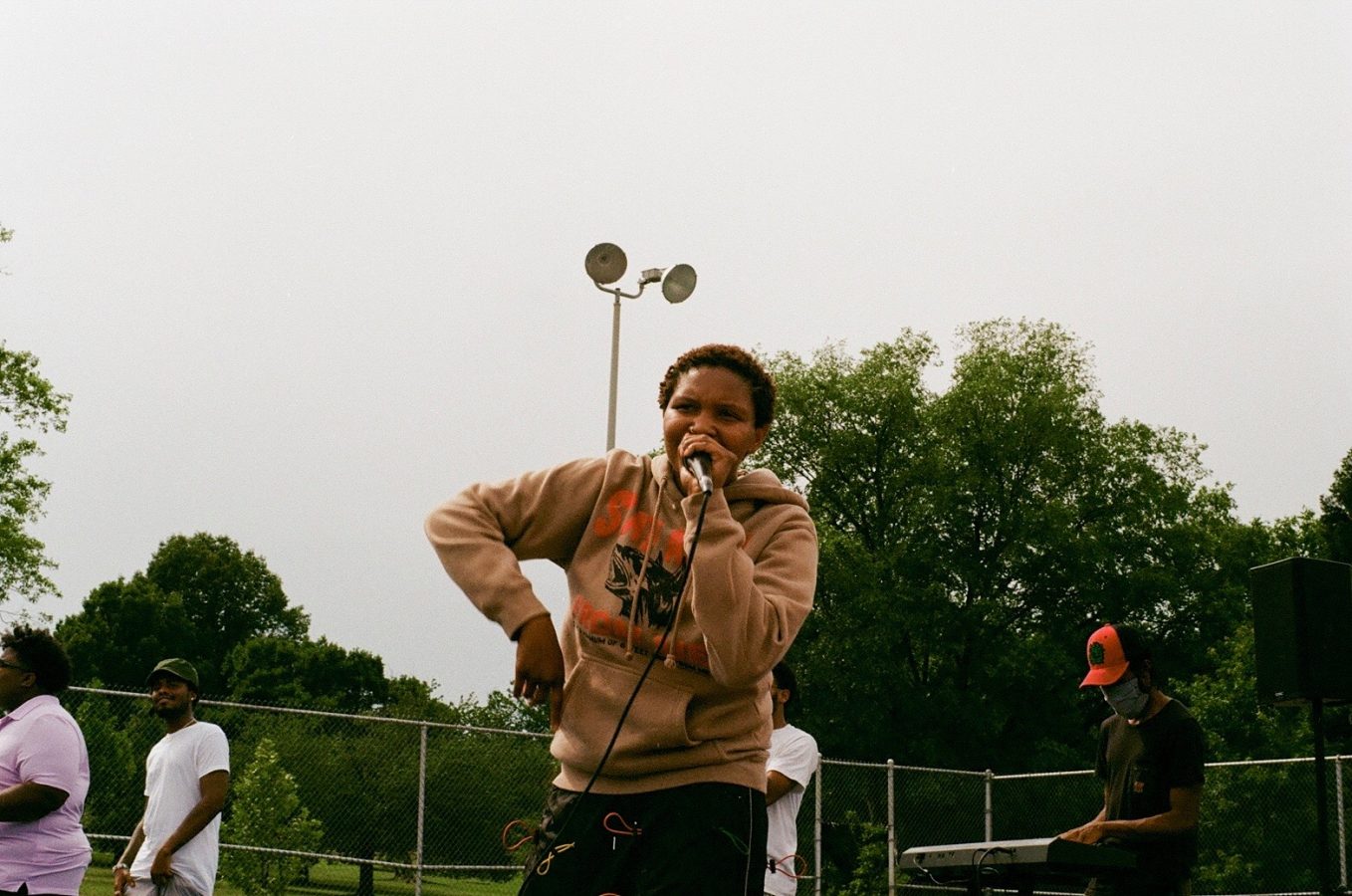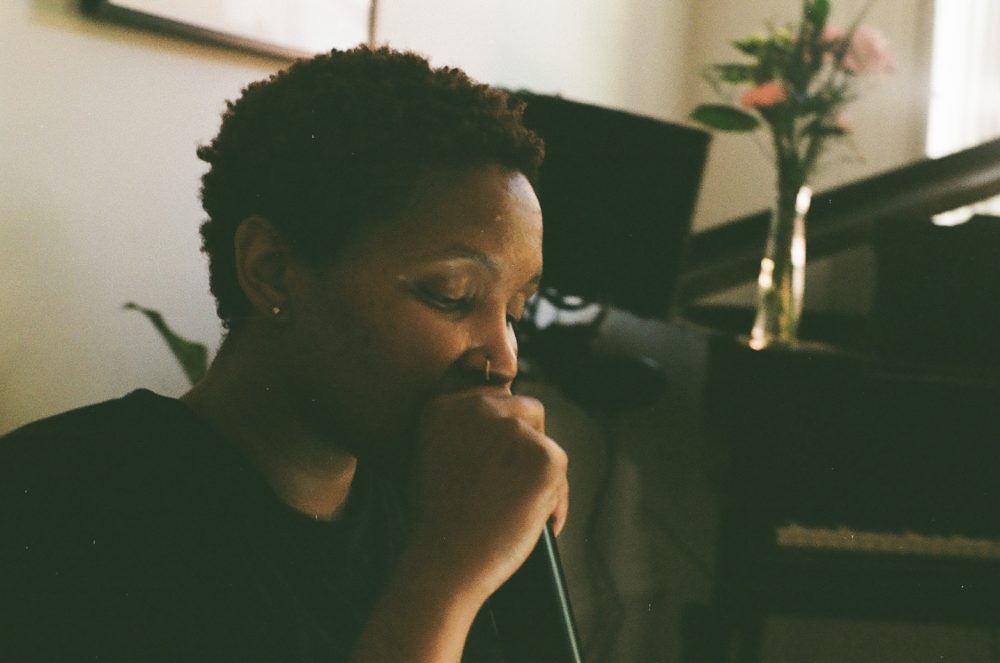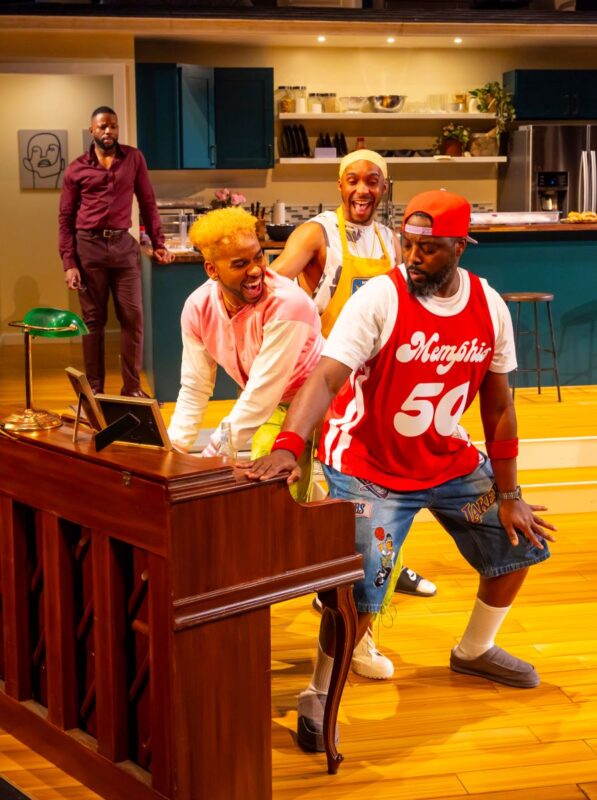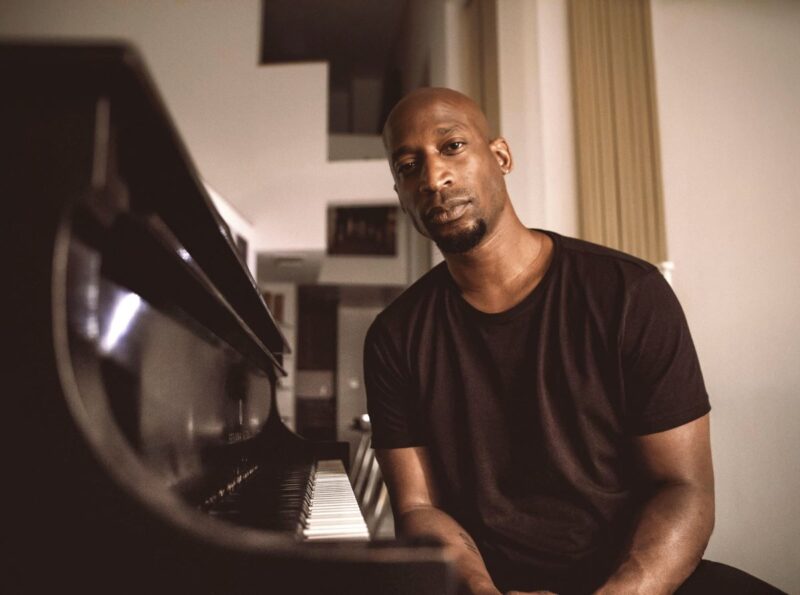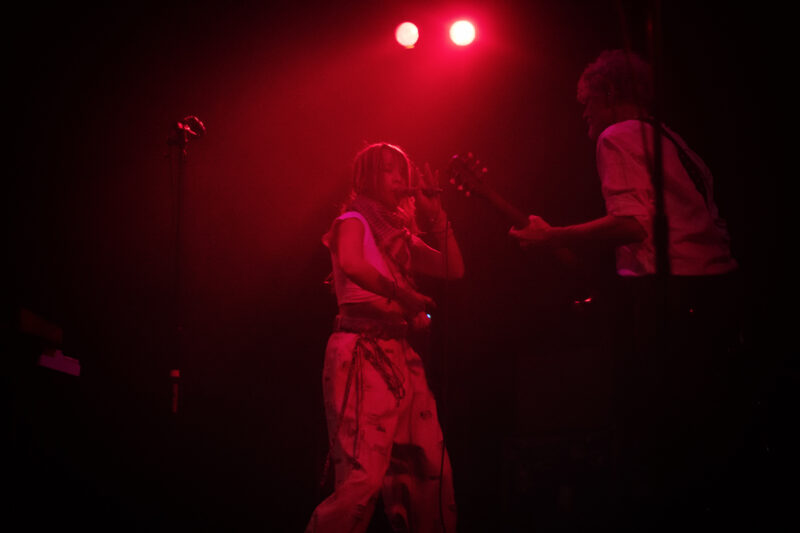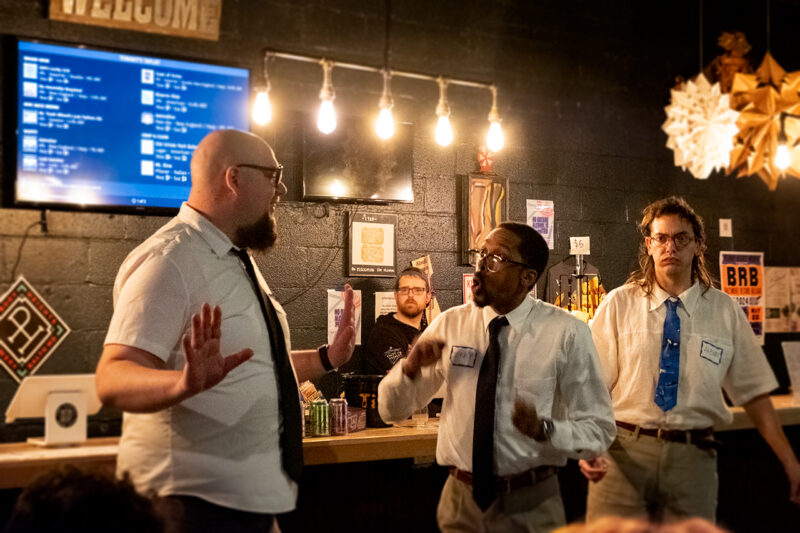As Baltimore as egg-custard snowballs with marshmallow, Allen Iverson courtside getting his hair braided, marching band practice, and three services at a Baptist church on the Westside on a Sunday (bible study included), Zadia brings a new bright fusion of poetry, live instrumentation, and spiritual incantation through her debut musical project, Vacants. And I am as full as Westside rowhomes were before gentrification, death, and drugs after having listened to tracks like “Henny On The Pavement” and “Live Alive.”
The yellow album cover image for Zadia’s airy ode to her native West Baltimore features a plant-overgrown, fallen-over vacant home, shot by local photographer Shae McCoy who also captures the artist in a jumpsuit ensemble, wearing a single chain and Yeezys on her feet. This casual curation provides the cultural enrichment that Baltimore needed after a season of loss for the arts due to COVID-19. Whether you’re putting your slippers on to check the mail, at a vigil, or at the basketball court, my recommendation is to bring your ear pods or Bluetooth speaker for the homies with you to bump this on Bandcamp.
Zadia recorded Vacants in her home and released the album on June 19, and I’ve had the pleasure of seeing both the East and West Baltimore tours that she has done for the album where culture icons including Ari Lennox, Blaqstarr, and Lawrence Burney showed up in support. Zadia personally invited neighbors to hear in areas from Reservoir Hill to Chester and Jefferson saying, “Come on over, we don’t bite.”
I’ve known Zadia—or as I affectionately call her, Chey—for nearly five years, during which time I’ve watched her baptize herself in friendship, family, God, art, culture, and love. An artist and curator known for many projects and initiatives including the Alpha Female Fest, Zadia is a soft-spoken woman who was gracious enough to invite me to her home and onto her very comfortable, mustard-yellow sectional for this socially distanced yet intimate conversation about Vacants, family, style, and growing up in Baltimore. Masks off.
